Cool science memories from the team
Enough about you—what about us?
It would be correct to say that here at Talk Science to Me, we pretty much eat, sleep and breathe science. In fact, that’s how our mastermind, Eve Rickert, explained her journey into #scicomm for a class of health science writers at Kwantlen Polytechnic University we were invited to speak to earlier this month. From tales of the pistol-packing shrimp that stuns its prey with sound waves, to the excitement of bacteriophages that bring the dead back to life, Eve brought a fresh sense of marvel and storytelling about the world of science writing to inspire the students.
But what about the rest of the team? What particular moments hooked them into reporting, editing and designing science materials? Read on to find out more…
Read More »Cool science memories from the team![Gaspare Traversi, Die Operation [Public domain] 1753_Traversi_Operation_anagoria](https://www.tstmarchive.talksciencetome.com/wp-content/uploads/2015/04/1753_Traversi_Operation_anagoria-150x150.jpg)
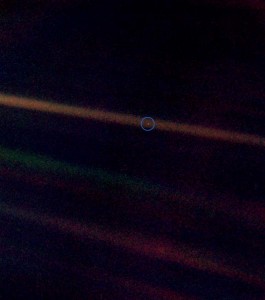
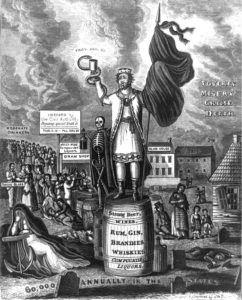
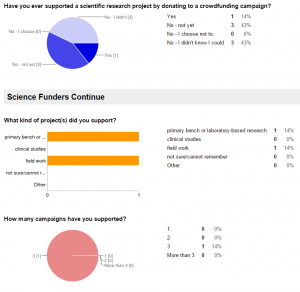 We were curious about this question, and we decided to take the opportunity presented by the annual meeting of the American Association for Advancement of Science and the first conference of the newly formed Citizen Science Association, which both took place in San Jose last week and this weekend. We put together
We were curious about this question, and we decided to take the opportunity presented by the annual meeting of the American Association for Advancement of Science and the first conference of the newly formed Citizen Science Association, which both took place in San Jose last week and this weekend. We put together 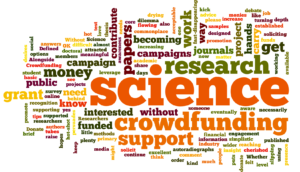
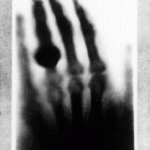
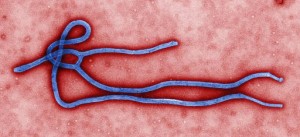
![A colorized transmission electron micrograph image of an Ebola virus virion. Image by CDC/Cynthia Goldsmith [Public domain] Micrograph of an Ebola virion.](https://www.talksciencetome.com/wp-content/uploads/2014/10/512px-Ebola-virus-virion-150x150-1.jpg)
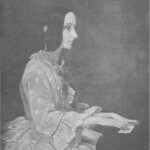
![Women working in STEM – Harvard College Observatory “Computers.” Harvard College Observatory [Public domain] Astronomer Edward Charles Pickering's Harvard computers](http://upload.wikimedia.org/wikipedia/commons/thumb/5/5a/Astronomer_Edward_Charles_Pickering%27s_Harvard_computers.jpg/512px-Astronomer_Edward_Charles_Pickering%27s_Harvard_computers.jpg)